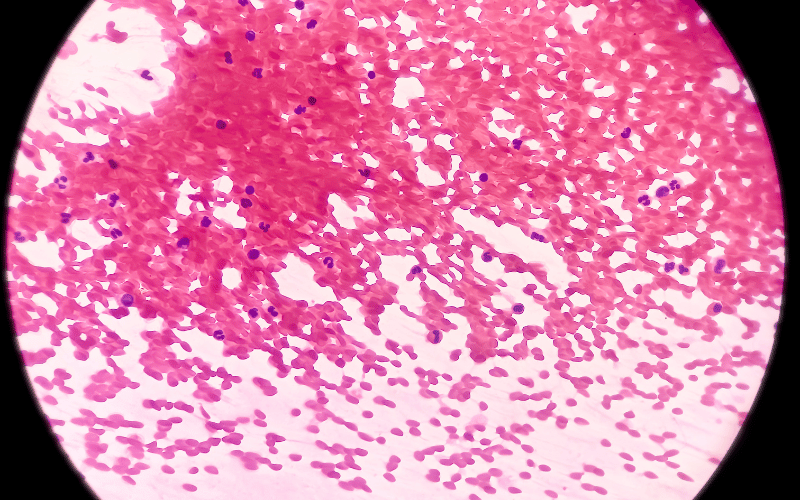Introduction: Unraveling Sialadenitis
Sialadenitis, more frequently recognized by some as sialoadenitis, is a term that many might not be familiar with. Yet, its implications can be deeply uncomfortable and potentially severe. It pertains to the inflammation of our salivary glands – a crucial part of our oral system that aids in digestion, protection against tooth decay, and the lubrication of our oral cavity. These glands, when operating seamlessly, go unnoticed. But when they get inflamed, the repercussions are hard to ignore.

Why is it essential to be familiar with sialadenitis? Saliva isn’t just the fluid that helps us swallow our food or articulate words; it’s a crucial defense mechanism against harmful bacteria and aids in the preliminary stages of digestion. It’s the unsung hero of our oral functions. The glands producing this vital fluid, when inflamed, can disrupt a gamut of oral functions and lead to pain and discomfort. And while the name might sound complex, the symptoms of sialadenitis are tangible and discernible.
But, the key is early detection. The earlier one identifies and addresses these symptoms, the smoother the road to recovery. Like many health conditions, knowledge and prompt action can significantly impact the outcome. The modern age sees a whirlwind of information accessible at our fingertips, but it’s the precise, actionable, and authentic knowledge that makes all the difference. With that in mind, let’s delve deep into the notable symptoms of sialadenitis, ensuring you’re equipped with the right knowledge to tackle it head-on.
Symptom 1: Swelling of the Salivary Gland

One of the most distinguishable signs of sialadenitis is the swelling in the region of the salivary gland. This prominence is not just a minor puffiness; it’s a noticeable enlargement that can capture immediate attention. When the salivary glands, either the parotid or the submandibular, become inflamed, they swell. This swelling might feel tender, leading to discomfort, especially when touched or when the face moves.
The salivary glands, although small, play a vital role in our oral functions. Their swelling can result in a visible alteration in facial symmetry. Such an observation can be alarming, especially if the swelling emerges rapidly. But it’s also the body’s way of signaling that something is amiss, requiring attention.
Furthermore, the swelling can also stretch the skin in the affected area. It’s essential to monitor this closely, as excessive stretching can cause the skin to become shiny, tight, and potentially more vulnerable to other issues. Understanding the underlying cause of the swelling can significantly aid in addressing it promptly.
Swelling is also a universal response to injury or infection. Thus, while alarming, it’s the body’s defense mechanism in action. It’s a call to arms, urging for remedial action.(1)